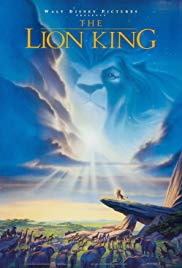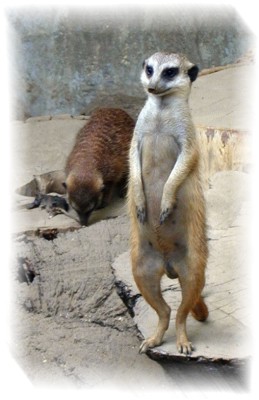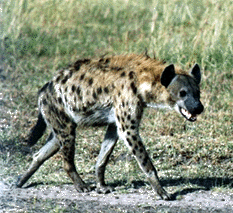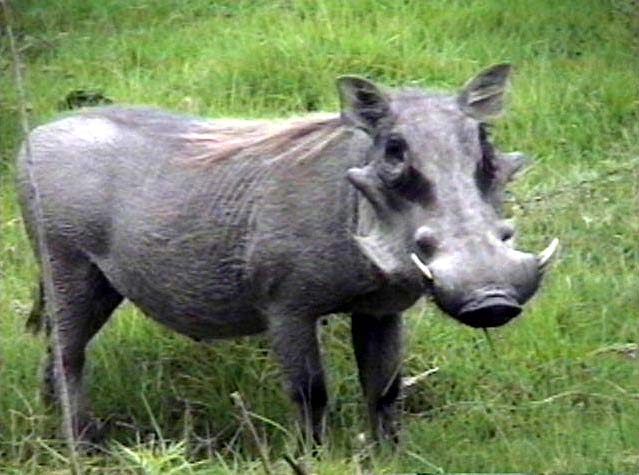GRIEVING
1. Simba felt responsible for his father’s death because his father was trying to save Simba when his father died. Should Simba have felt that way?
Suggested Response:
No, Simba didn’t do anything wrong this time. The situation was caused by Scar, who lied to Simba about a surprise for his father and put Simba in the way of the stampede. Scar also had the hyenas start the stampede and then murdered Mufasa by pushing him off the cliff.
RUNNING AWAY
2. Did Simba do the right thing by running away?
Suggested Response:
There are two parts to this answer. First, the initial decision to do what Scar suggested, and run away from home, was not good. Especially if Simba had done something wrong, he should have stayed and taken responsibility. However, once the hyenas started to chase Simba, he had no choice because the hyenas would have killed him. In general, running away from home is not a good idea because it removes children from the protection of their parents and exposes them to great danger. For example, Simba would have been eaten by the vultures had not Timon and Pumbaa happened to be “bowling for buzzards.”
REDEMPTION AND COMING OF AGE
3. While Simba was in the forest with Timon and Pumbaa, he thought that he couldn’t go back to his home because he had been responsible for his father’s death. Was he right about his?
Suggested Response:
No. Simba needed to go back and take responsibility for what he thought he had done. When Nala found Simba, her revelations about Scar’s mismanagement of the pride lands also became a compelling reason for Simba to return. Simba responded to this later challenge only to find that he was not responsible for his father’s death.
4. In the story, Simba was blameless in Mufasa’s death, but he didn’t know it. What if Mufasa had been killed in the elephant graveyard while trying to rescue Simba and Nala from the hyenas? This would have been partially Simba’s fault because Simba had disobeyed Mufasa by going there. Was there any way that Simba could have redeemed himself if his disobedience had been a major cause of his father’s death?
Suggested Response:
In normal human experience, there is almost always a way for a person to atone for what he or she has done and to achieve at least some level of redemption. Simba could have redeemed himself by getting rid of Scar, the bad king. In addition, for his self-esteem and to permit him to move on, Simba should have atoned for what he thought he had done, rather than run away. Atonement is frequently missing from modern responses to negligent conduct. Atonement is an important way to restore internal moral equilibrium by putting effort into righting a wrong one has committed or providing compensation to an injured person.
5. Did Simba do the right thing in waiting for such a long time before he went back home?
Suggested Response:
No, but the important thing is that he did go back when Nala found him.
6. What was the most courageous thing that Simba did in the story?
Suggested Response:
Going back to challenge Scar when Simba still thought that he was responsible for his father’s death. Just going back was more courageous than fighting Scar; it took moral courage.
7. Does this film marginalize the role of women?
Suggested Response:
Yes. Simba’s mother had a very small role and the female lions did not challenge scar when Simba was gone.
FRIENDSHIP
8. How do Timon and Pumbaa show their friendship to Simba?
Suggested Response:
By going back to lion country to help him fight Scar and the hyenas. They had to give up their philosophy of “hakuna matata.” Point out that Simba didn’t even ask for their help, probably thinking that, as adherents to “hakuna matata,” Timon and Pumbaa wouldn’t be interested. They came without being asked. That’s what a friend does.
AMBITION
9. When is ambition a source of evil?
Suggested Response:
Ambition is bad when it leads people to do something wrong or prevents them from doing the right thing. Ethics and morality should channel ambition into paths which cause people to do good things that benefit society as a whole.






